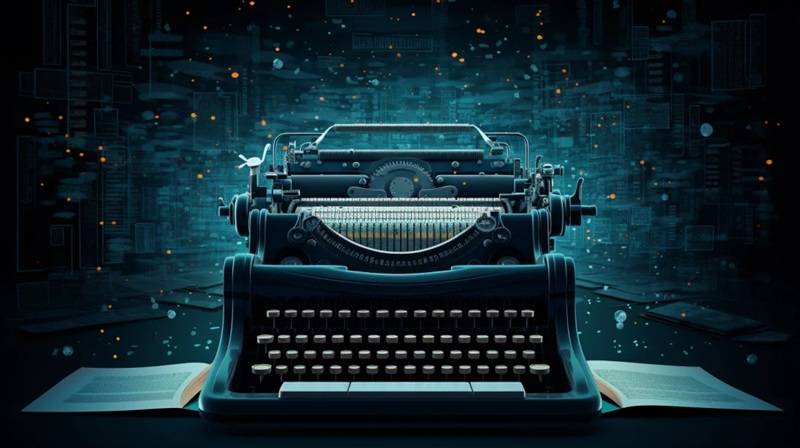Closing the Chapter:
A Vision of Uniting Participatory Culture, Digital Literacy, and Literature in High School English Language Arts Classes

In the 21st century, literature has undergone a profound transformation, reflecting the dynamic and interconnected nature of our digital age. As technology continues to reshape the way we consume, create, and interact with information, the landscape of literature has expanded beyond the confines of printed books to encompass a diverse array of digital texts, multimedia narratives, and interactive storytelling experiences. In this rapidly evolving literary landscape, today’s high school students must be readers, active participants, creators, and curators of literary culture. However, with myriad digital distractions pulling students away from traditional reading and writing practices, the need for teachers like myself to provide diverse and engaging material is more pressing than ever. If we desire to instill the critical literacy skills required to thoroughly engage with diverse perspectives and worldviews, we must act now.
Contemporary literature is inherently collaborative and participatory in several ways, reflecting the interconnectedness of modern society and the evolving nature of storytelling in the digital age. From fan fiction communities and online writing forums to digital storytelling platforms and social reading apps, contemporary literature encourages readers to participate actively in the creative process. As teachers, we can strive to inspire today’s high school students, who are accustomed to sharing their thoughts, opinions, and creations online, to find new ways to connect with literature and with each other through collaborative storytelling, interactive fiction, and participatory reading experiences. If we can help them blur the boundaries between creators and consumers, authors and readers, perhaps we can engage them in collaboration and participatory culture in new and innovative ways. One can dream…

